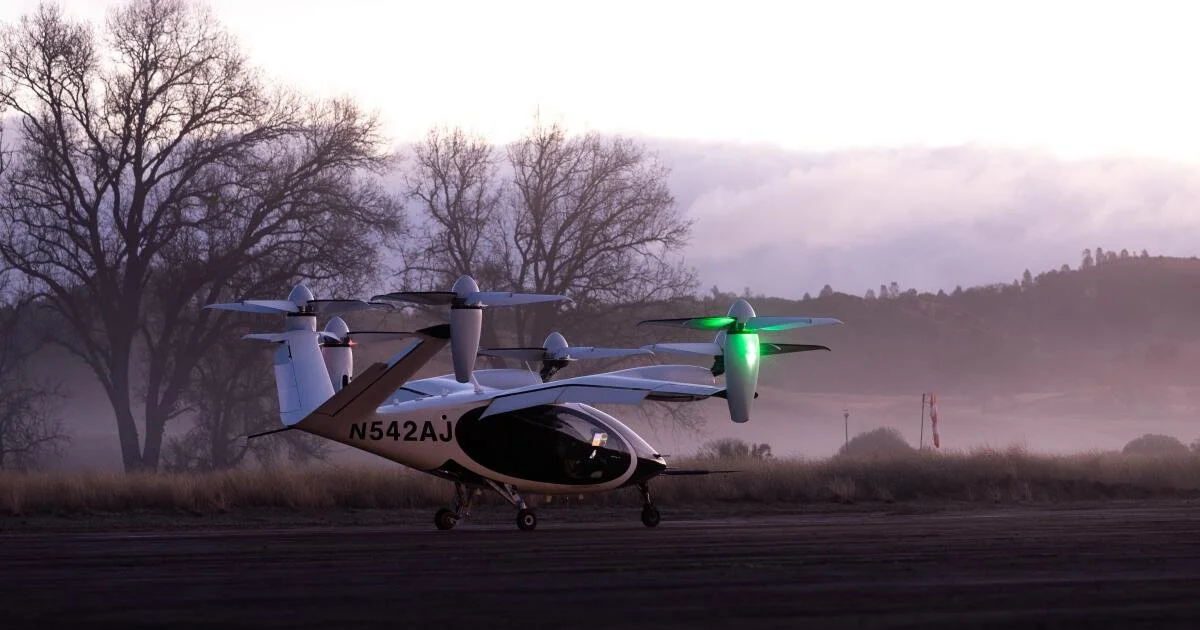
Mechanical engineer for the design of custom electronic enclosures following the process from conceptual designs to installation processes.
Single Channel Media Adapter Enclosure
This project gave me full ownership of the design of the single channel media adapter enclosure. I collaborated with electrical, manufacturing, and testing engineers to design a custom enclosure on CATIA for circuit card assemblies given thermal, structural, chemical, and sealing requirements. I determined critical distances between the enclosure walls and specific high-voltage components by optimizing for a high rate of heat transfer out of the enclosure. I was also responsible for creating the Bill of Materials and engineering drawings using GD&T. To complete the project, I was in communication with multiple suppliers to order 200 units of the enclosure in addition to all the hardware needed for installation. These units were installed in all of Joby Aviation’s next-generation of eVTOL aircrafts.
Dual Channel Media Adapter Enclosure
I worked with electrical engineers to create engineering drawings and installation instructions for a commercial off-the-shelf enclosure. This enabled in-house manufacturing and part control of a COTS component.
O-Ring Boss Design
I reduced the failure rate of Joby’s Air Data Modules originating from the O-ring seals for their differential and absolute pressure sensors in the pitot tube. This came from a redesign of the enclosure’s O-ring bosses by removing an undercut causing O-ring failure due to excessive shear force and twisting during installation and holding in the O-ring by a collar instead.
To validate my design, I created a test fixture replicating the enclosure’s pressure sensor mounts with different O-ring bosses and collars, assembled the test components, and performed pressure decay leak tests. I then consulted test engineers to set up my testing profile and ran multiple trials over several days to ensure accurate and reliable data. After comparing the results to the original design as a baseline through a trade study, I presented my findings to my team and implemented the best-performing, most cost-efficient design.
My improved O-ring boss design reduced the leak rate of the Air Data Module enclosure’s O-ring seal by 45%.
Testing Projects
Thermal Cycling Testing
There was concern that the ceramic plate interfacing between the aluminum enclosure and high voltage components on the circuit card assembly used to increase thermal conductivity would crack under large changes in temperature due to the difference in the coefficient of thermal expansion. Over the span of several days, I performed back-of-the-envelope calculations and ran thermal cycling tests in an oven to the maximum and minimum temperatures the enclosure was expected to endure. Using x-ray and microscopic imaging, I observed that there were no detectable cracks but discovered a new issue thermo-oxidative aging in the epoxy as revealed by its yellowing. After running simulations with thermal engineers and talking to material scientists, we came up with a new solution of using gap pads in between the enclosure and circuit card assembly instead of epoxying the ceramic plates to the enclosure. This reduced the risk of the ceramic plate being foreign debris if the epoxy were to delaminate.
Joint Design Testing
After performing thermal cycling testing on the Ethernet Switch enclosure, the thermal engineers discovered that their 3D-printed PLA vent covers experienced major deformation. To come up with a better solution while reducing weight and the number of parts, I was in charge of developing a new sheet metal design for the vent covers. I designed test coupons to test different joint designs for the laser weld (butt, lap, and fillet welds) and researched various 4xxx, 5xxx, and 6xxx Aluminum alloy series to avoid the use of filler wire. My final design reduced the mass of the enclosure by 24% and eliminated 28 fasteners.
Wind and Ice Tunnel Testing
On a time-sensitive project, I helped design barb adapters connecting our in-house pitot tube to essential test equipment that allowed for successful wind and ice tunnel testing to verify the titanium, 3D-printed pitot tube design. I was also responsible for coordinating the timeline of the project with the machinist, placing the order, and completing the installation of the O-ring.





